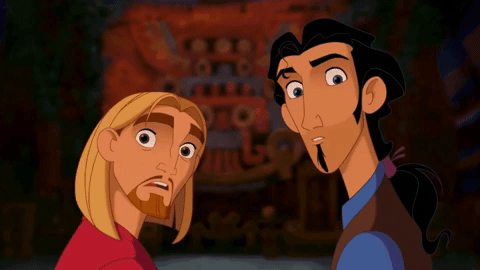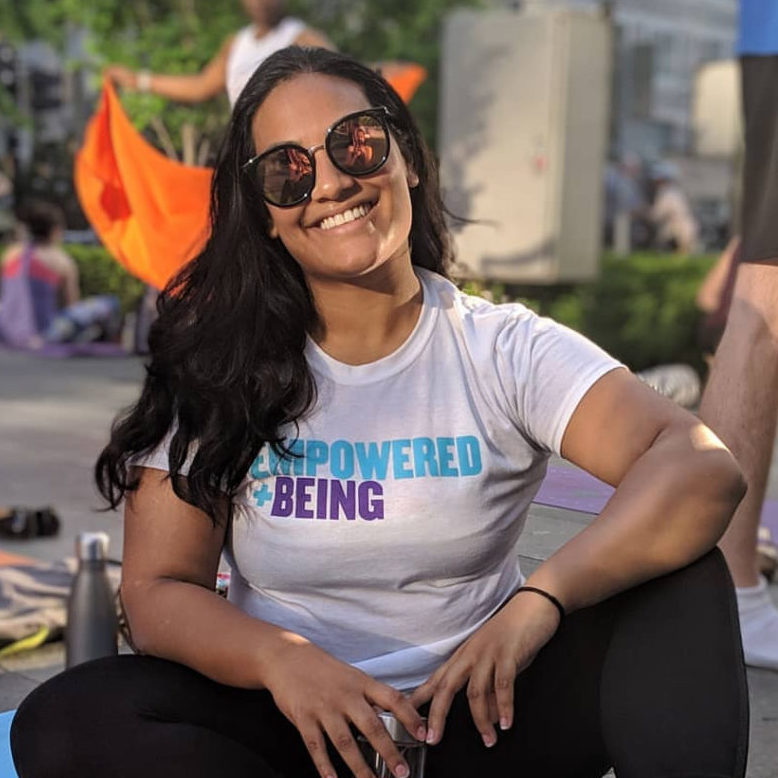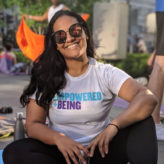The other day I saw the book I Contain Multitudes by Ed Yong, in a local bookstore — and it sparked something in me. It took years of thinking LGBTQ only meant “gay” before I familarized myself with other sexualities, the transgender experience, and the many complex issues this group of marginalized folks face.
I’m not ashamed to admit that I did what most pubescent (read: horny) teens do — I explored the diverse and controversial world of online pornography. By day, I would fall in love with all the cute boys in my classes, dreaming of kissing them in the rain. At home, I would plop myself in front of the family computer and watch, almost exclusively, videos of girls with other girls while telling myself that I “just thought girls were nicer to watch.”
In college, I kissed a girl and it Big Bang-ed my world, blowing up and rearranging everything I thought I knew about myself. When we kissed again, I knew that this was not some Katy-Perry-appropriating-the-gays moment and that I needed to better understand my sexuality.
Though loving her helped me love myself and my own body better, I was still terrified of having to redefine my identity. So, I landed on a label that I perceived as non-threatening to my clearly rock-solid heterosexuality: “bi-curious”. With that label, I was able to tell myself that she was an exception to an otherwise straight dating life.
When I moved away to D.C., we made a conscious decision not to pursue a defined “relationship” — though we still had sex when we saw one another and clearly still loved each other. During this time, I also explored sex and relationships with men. Eventually, I met my current partner, was asked to choose between them and, more importantly, acknowledge myself exactly as I am.
Prior to my current relationship, she was my most important partner, even if I refused to call the relationship by its own name. Now that it’s over, I can finally fully admit to and own my bisexuality. I like both men and women. Or, to be more specific and inclusive, I am attracted to my gender and those that do not fall under my gender.

This coming-to moment is something that I wish I felt comfortable shouting from the rooftops, but nothing is ever that easy or straightforward. As a first generation South Asian, there is a lot of societal stigma around the LGBTQ community. I know firsthand that, should I have brought a woman home, our relationship would not have been recognized, let alone accepted.
Another complicating factor is that I am engaged to a smart, kind, and compassionate person that happens to also be a cishet white male. Because of this, I am subject to straightwashing, biphobia within the LGBTQ community, and ostracization from other queer POC for perceived “internalized misogyny and racism”. Beyond all of this, I have the obligation to acknowledge that I benefit from the privilege of being cis and straight-passing.
So where exactly does that leave me? Floating somewhere between ally and member? What types of Pride events am I allowed to participate in? Where does my hetero partner fit into this queer equation? I know we’ve been on a bit of a journey, but this is where the book I mentioned earlier comes into play.
In reading the phrase “I Contain Multitudes,” it all came together for me.
I do not have to cookie-cutter package my sexuality, nor do I have to distill it for others to understand. I do not have to apologize for choosing to marry the wonderful man I am going to marry, nor do I have to feel shame or guilt for the ways in which I have explored my sexuality with women and men.
I myself contain multitudes and layers. I am a multi-dimensional queer, if you will. I have room to shrink, expand, explore, and be at peace with exactly who I am, nothing more and certainly nothing less.
Image Credit // Header Image via Shaila Huq
 Shaila Huq is a content creator currently located in Shaw, D.C. She has a B.S. in public health, but found her real passion communicating public health issues in an accessible and fun way. You can follow her on Instagram at @theshailahuq.
Shaila Huq is a content creator currently located in Shaw, D.C. She has a B.S. in public health, but found her real passion communicating public health issues in an accessible and fun way. You can follow her on Instagram at @theshailahuq.



